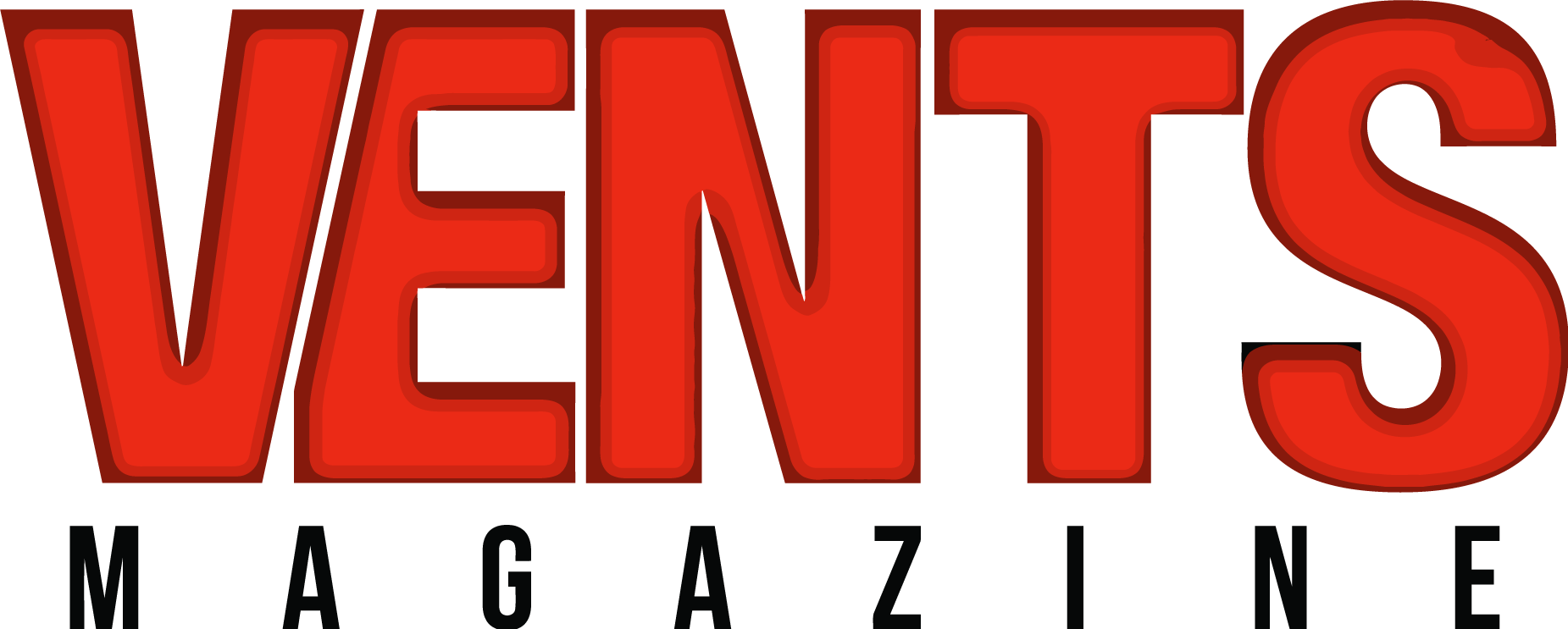
In today’s competitive marketplace, your business signage is more than just a nameplate — it’s the first impression customers have of your brand. A well-designed sign not only captures attention but also conveys your professionalism, credibility, and personality before a single word is spoken.
However, when it comes to choosing between digital signs and traditional signs, many business owners find themselves at a crossroads. Should you embrace the technology-driven world of dynamic LED displays, or stick with the timeless reliability of traditional signage? The truth is, both options have distinct advantages — and the right choice depends on your goals, audience, and budget.
Let’s explore both in depth so you can make an informed decision for your business.
The Role of Business Signage in Modern Marketing
Your sign is your silent salesperson. Whether it’s glowing at night or greeting customers at your storefront, it constantly promotes your business — 24 hours a day, 7 days a week.
According to marketing research, nearly 76% of consumers say they’ve entered a store simply because the sign caught their eye. That means your signage isn’t just decoration — it’s a conversion tool.
In the age of digital marketing and social media, physical signage continues to play a vital role. It bridges the gap between the online and offline experience, reinforcing brand awareness and driving walk-in traffic. This is why choosing the right type of sign — digital or traditional — is crucial.
Understanding Traditional Signs
Traditional signage has stood the test of time. From handcrafted wooden signs and vinyl banners to channel letters and monument signs, these forms of advertising have been used for decades to draw attention and communicate key information.
Benefits of Traditional Signs
- Durability and Longevity
Traditional signs, especially those made from metal, acrylic, or wood, are built to last. They can withstand weather elements and maintain their appearance for years with minimal upkeep. - Timeless Aesthetic Appeal
There’s a certain charm in classic signage — it feels authentic, tangible, and trustworthy. For businesses that want to maintain a heritage or luxury look (like law firms, restaurants, or boutiques), traditional signs remain unmatched. - Low Maintenance and Energy Efficient
Once installed, traditional signage requires little maintenance and no power source, unlike digital options. This can save long-term costs, especially for small businesses.
Limitations of Traditional Signs
However, the biggest drawback of traditional signs is inflexibility. If your message changes — say you want to advertise a new promotion or update business hours — you’ll need to physically replace the sign. Over time, that can add up.
They’re also static — unable to display motion, animation, or multiple messages. In a fast-paced world where visual dynamism captures attention, that can limit engagement.
The Evolution of Digital Signs
Digital signs represent the future of visual communication. Powered by LED, LCD, or projection technology, they display videos, animations, or static images that can be updated instantly from a computer or even a smartphone.
From restaurants displaying daily menus to retail stores advertising flash sales, digital signs are redefining customer engagement. They offer versatility, immediacy, and impact — all key elements of modern marketing.
Advantages of Digital Signs
- Instant Updates and Flexibility
Digital signage allows you to modify your content anytime. Whether it’s a seasonal promotion, limited-time offer, or event announcement, updates can be made in real-time — no reprinting or reinstallation required. - High Engagement and Visibility
The human eye is naturally drawn to motion and light. Animated visuals, scrolling text, and vivid colors make digital signs more likely to capture attention — even in busy commercial districts. - Remote Management
Many modern systems allow remote control, meaning you can schedule and update your content from anywhere. This is ideal for businesses with multiple locations. - Sustainability
Digital signs eliminate the waste associated with reprinting new materials. When used efficiently, they can even reduce long-term energy and material costs.
Disadvantages of Digital Signs
Of course, digital signs come with their own challenges. The initial cost of installation is higher due to the technology involved. They also require electricity and occasional maintenance, such as software updates or LED servicing.
However, when you consider the long-term return on investment — especially the ability to continuously update your message without reprinting — many businesses find digital signage pays for itself.
How to Choose the Right Option for Your Business
Your decision ultimately depends on your brand identity, target audience, and marketing strategy.
- Go Digital If: You run a dynamic business that frequently promotes new offers — such as restaurants, retail stores, or entertainment venues.
- Go Traditional If: You prefer a classic, steady presence — ideal for law firms, clinics, or boutique shops where branding consistency matters most.
Many modern businesses actually combine both — using traditional signage for brand identity (like storefront logos) and digital signage for promotions or in-store engagement.
The Future of Signage: Blending the Best of Both Worlds
We’re entering an era where hybrid signage solutions are becoming increasingly popular. A business might have a traditional monument sign outside for permanent branding and digital displays inside for ongoing promotions or customer information.
As consumer attention spans shorten and visual competition increases, digital elements are expected to play a bigger role even in traditionally conservative industries.
Final Thoughts
Signage is one of the most powerful marketing investments you can make. Whether you choose digital, traditional, or a blend of both, your goal should be to make a lasting impression and create an experience that draws people toward your brand.
The right signage reflects not just what you sell — but who you are. It tells your story before a word is spoken, turning passersby into paying customers.
If you’re looking for expert guidance on signage that truly represents your business, contact a custom sign company in Houston, TX today. With professional design, durable materials, and cutting-edge digital solutions, they can help you bring your brand to life in the most visible way possible.
